Articles
-
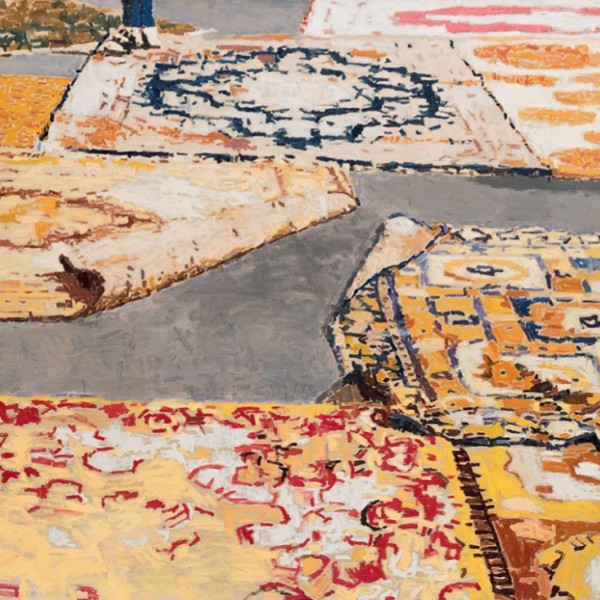
Magic Carpeting
The Druze artist Fatma Shanan has carpeted the world. Or less ambitiously, she has made a world for herself out of the carpet. Her strategy for the last decade has been to find a way to make the carpet a metonym for her own body and being. A common and revered domestic object, the carpet has been dislocated from its conventional context and made into a vehicle for introducing the tension among individual identity, the difficulty of achieving it and the necessary collective identity in Druze and Israeli culture.
-
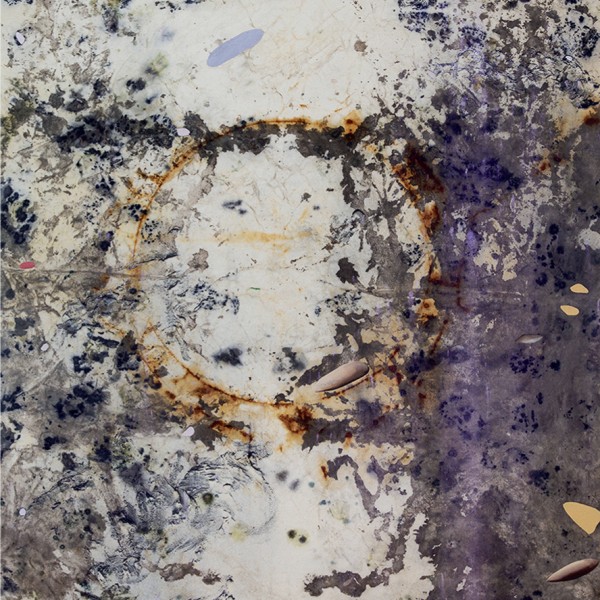
Gillian King
Gillian King’s exhibition “Sediment” at Galerie Nicolas Robert comes at exactly this moment. Here, the stark white walls and grey concrete floors are eased into the season, thanks to the eight telluric canvases that hang evenly throughout the space. These large-scale works are the latest in King’s production—one that is concerned, both on material and philosophical levels, with the relationship among painting, the earth and the body. Their muted palettes of ash and lilac, rust and blush, ochre and sage are derived from dyes and pigments that the artist makes herself, coaxing them out of locally sourced plants such as sumac berries and black walnut, cooking scraps of red and yellow onion, discarded rose petals, and fresh-picked wildflowers, using traditional methods better known in the textile and quilt making trades.
-

Helen Marten
Meeting the tremendous spatial demands of König Galerie, a former cathedral in Berlin, is the immensity of Helen Marten’s labour. The effort put forth to collect, build and present her work filled me with awe, and relief. This wasn’t going to be just another quick romp. When encountering Marten’s installation, you might first embrace the intense overall structure. But then the body follows the eye inside the work, into the infinite realm of small things and materials, which seem equally recognizable and strange. The installation is comprised of three sections, or rooms or environments. However, not one of these terms is accurate as they seep into each other in proximity and the way that objects found first in the “bathroom” later reappear in the “garden,” and again in the “workshop.” Marten’s colour palette is one of fairy tales: cream, peach, lavender, aquamarine, camel, yellow and white, all of which render an anthro-poetic tale of sociocultural development from the perspective of someone who has a special relationship to language and form, art and craft, and the real and imaginary.
-
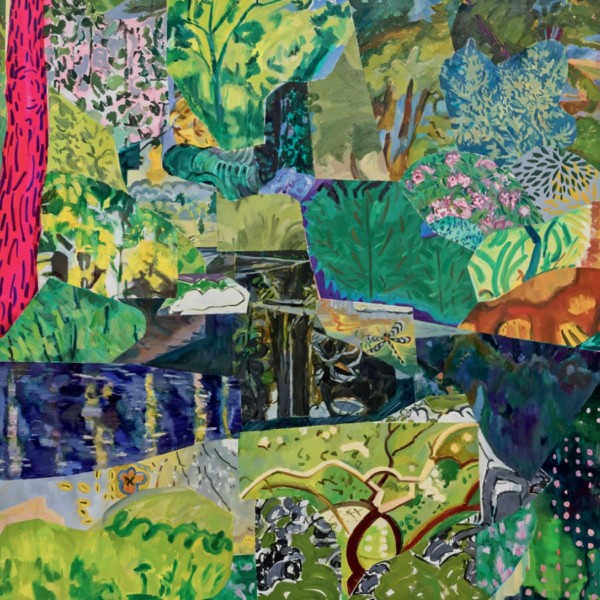
Monica Tap
Monica Tap’s current exhibition at MKG in Toronto is comprised of nine paintings that are linked by subject matter and theoretical concern. All nine landscapes offer views of zones where water meets land and are thus quite literally paintings of reflections on watery surfaces. Two facing paintings, both aptly titled Amnesia, in the smaller front space establish the visual economy that will be radically contravened in the gallery’s larger back space.
-
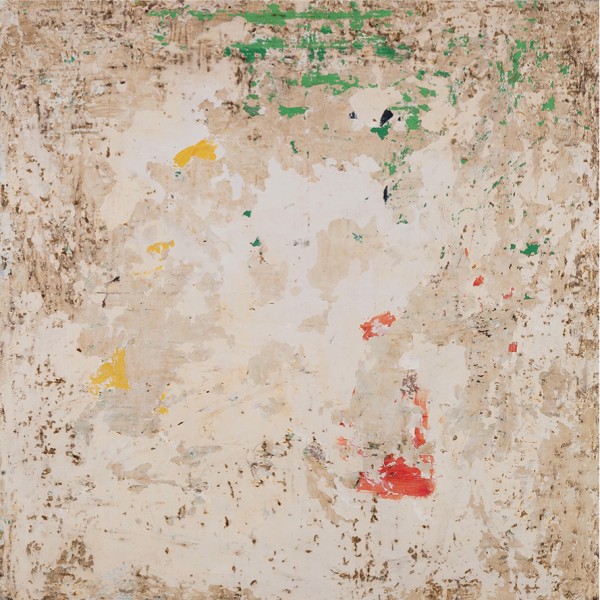
Martin Pearce
Visually noisy yet neutral in tone, the 11 abstract non-compositions that make up Guelph-based artist Martin Pearce’s “Mud and Iron” seem to long for the palliative, soft-on-the-eyes aesthetic of an off-white wall. Up close, though, the futility of that longing emerges in the violent traces of Pearce’s process, by which paint and encaustic wax have not only been dabbed and brushed into thick layers but also scraped off, bored into and chipped away, revealing a blindingly complex catastrophe of colour and substance.
-

Don Proch: Masking and Mapping
This is a positivist art history and an important book—one neatly put together by Pat Bovey and the willing artist Don Proch, who collaborated on the interviews, reflected retrospectively on the past and opened his sketchbooks. Book designer Frank Reimer took up Bovey’s paradigm of visionary artist, prairie causation and artist rebel. With precision and clarity in the layout and a balance of image and text, Don Proch: Masking and Mapping, published by the University of Manitoba Press in collaboration with St. John’s College Press, privileges the visual, with full-page bleeds, details and terrific photos by Ernest Mayer, and illustrated with over 56 years of Proch’s work.
-
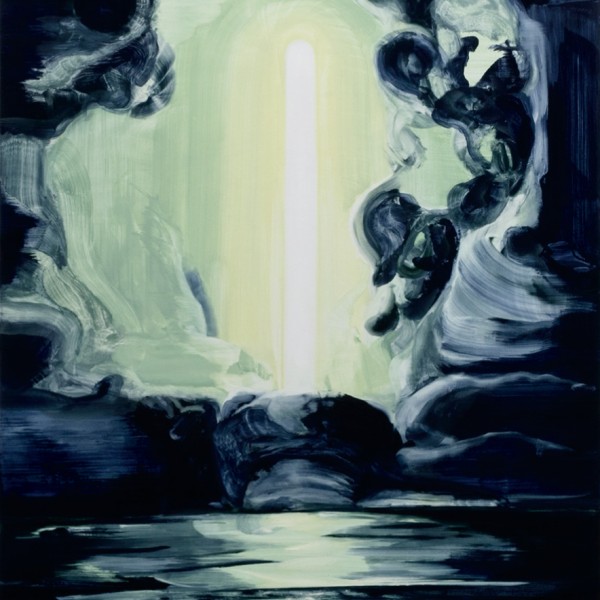
Laura Findlay
In Laura Findlay’s new exhibition, “Tuff,” mountains rise and fall with volcanic potential. In Chimney a towering plume of red-orange smoke spews out of a blue-black cornice that’s sharply opaque against a background of hazy peaks and swirling clouds, tinted the same peach as the sky. Beside it, Everything After the Lake is a font of lava launching upwards, bright negative white exploding out of a yellow lake. They are images of geology running at its fastest pace, of island-forming, mountain-cracking forces that make tectonic movements visible to human eyes and remake landscapes from rivers of flowing plastic rock.
-
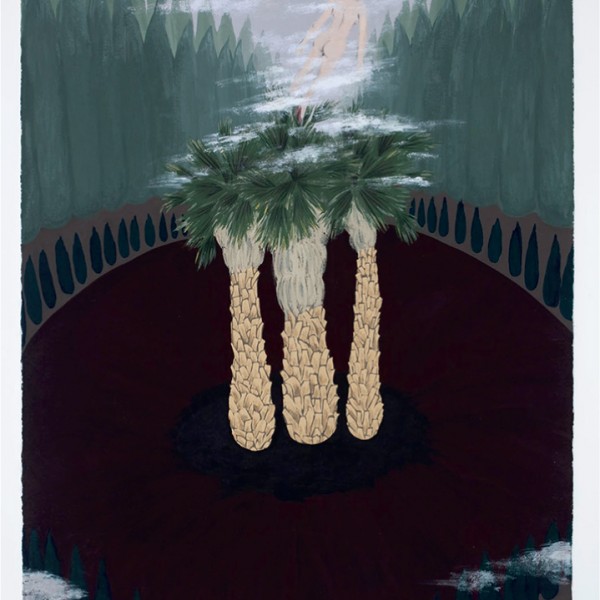
Mira Schor
Looking back at journals or artworks made as a student can be painful as well as nostalgic, exposing a soft underbelly, ideas raw, not yet finessed. But examining such material reveals the groundwork laid in those early days for what followed. “California Paintings: 1971–1973,” an exhibition of Mira Schor’s early works, many never exhibited before, or not since her MFA show at CalArts in 1973, reveals the foundation of Schor’s practice and maintains their relevance nearly 50 years later. The “California Paintings” here map Schor’s progression as a graduate student, to the completion of her MFA at CalArts in the early 1970s, where she enrolled in the now-legendary Feminist Art Program before she herself became a respected feminist painter and writer.
-

“Lines of Difference: The Art of Translating Islam”
We have come a long way from identifying Canadian art with the Group of Seven and presentational Inuit sculpture, but clichés die hard. Happily, the young artists in this exhibition, assembled by the bright new curator Noor Bhangu, are up for the fight.
-
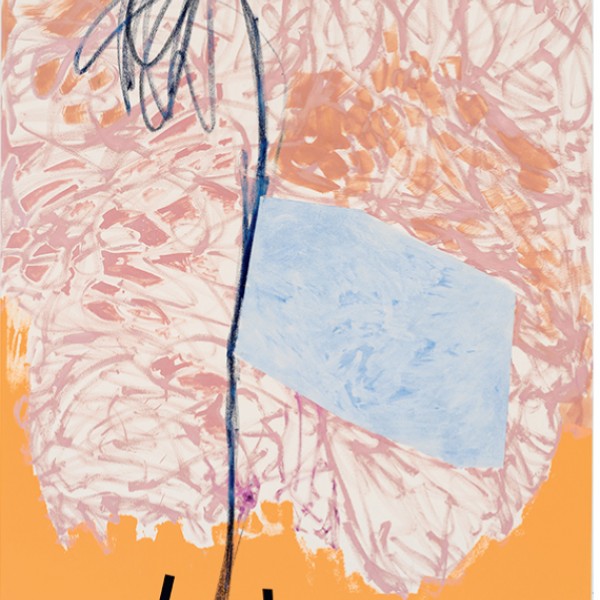
Trevor Kiernander
When you think of a “painting collective,” it is normal to imagine a group of artists. Montreal painter Trevor Kiernander shows us, however, that it is also possible for the artworks themselves to exist in a collectivity, communicating together in a voice louder than the sum of its parts. With his latest show, “Are We Here?,” Kiernander engages the visitor in this vein, laying out the exhibition with a view to functional precision and theatrical effect, each work and its particular situation envisioned with care in relation to the others.
-
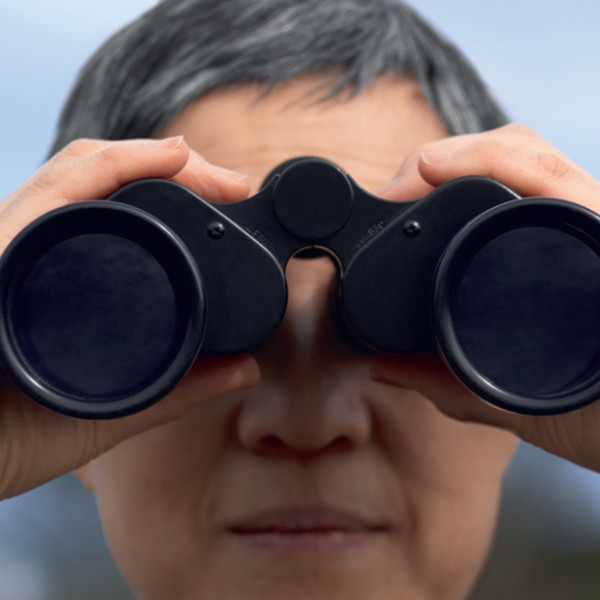
“Sense of Site”
Re-presenting performance and site-specific art in galleries poses questions for audiences to which there are no easy answers. Is “performance documentation” even art, for instance, or just what its name implies—a document? If something is site-specific, can it exist, as art at least, away from that site? And, anyway, just how much time and effort should be put to preserving something conceived and executed as ephemeral?
-
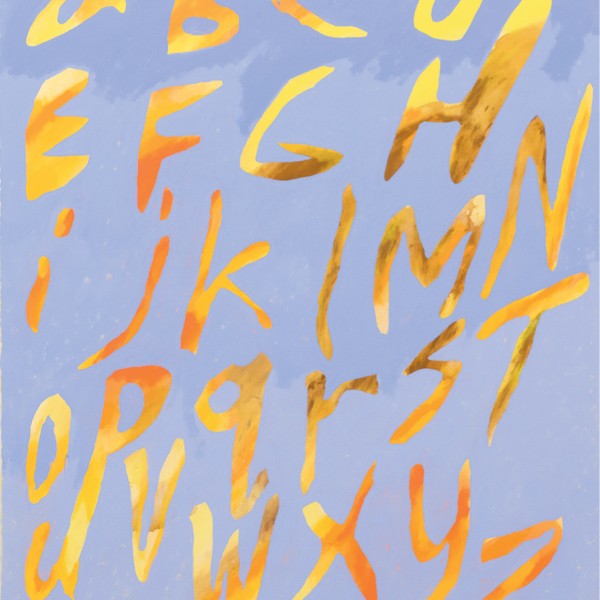
Les Ramsay
“The sea is everything,” wrote Jules Verne in Twenty Thousand Leagues Under the Sea. “It covers seven tenths of the terrestrial globe.… It is an immense desert, where man is never lonely, for he feels life stirring on all sides.” As such, no human vision of the sea can be finite; each connects and merges with those of others elsewhere, sometimes quite distant in space and time.
Haven’t found what you're looking for? Explore our index for material not available online.

